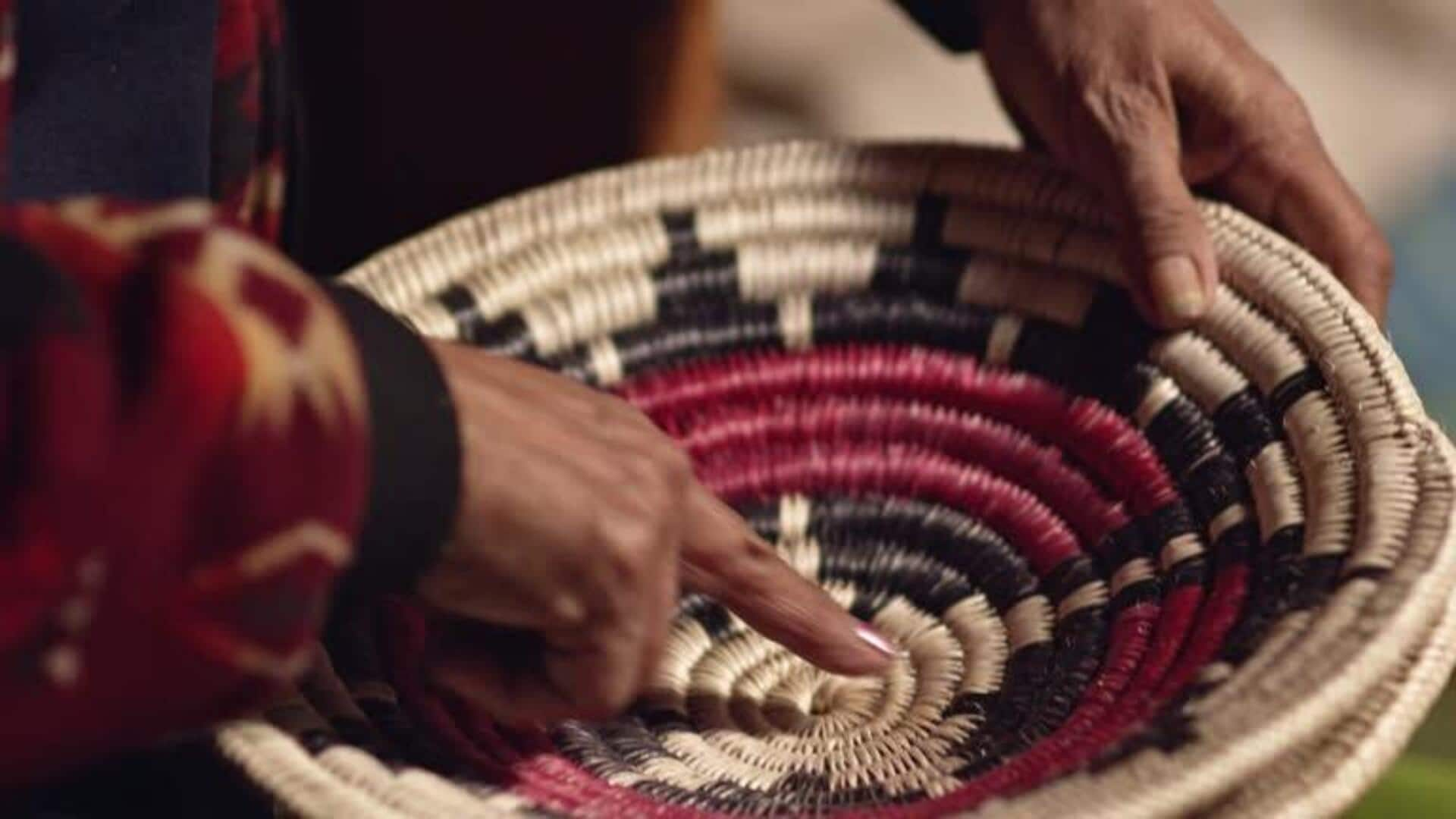
Basket weaving: Techniques behind this craft
What's the story
African basket weaving is a rich tradition that has been passed down through generations. This art form is not just a means of creating functional items, but also a way to express cultural identity and heritage. Each region in Africa has its own unique style, materials, and techniques making the baskets distinct and diverse. The intricate patterns and vibrant colors used in these baskets often tell stories or represent significant cultural symbols.
#1
Diverse materials used in weaving
African basket weavers work with a variety of natural materials that they source from their own environment. Commonly used materials are grasses, reeds, palm leaves, and sisal fibers. These are selected for their durability and flexibility, enabling artisans to create sturdy yet intricate designs. The choice of material often depends on the region's climate and available resources.
#2
Techniques passed through generations
Just as the cultures, the techniques used in African basket weaving are diverse. While some areas prefer coiling methods, where fibers are wrapped around each other to create spirals, others prefer plaiting or twining techniques. These techniques require skillful handwork, which is usually learned from elders in the community.
#3
Symbolism in patterns and colors
Patterns and colors also play a vital role in African basket weaving traditions. Every design may carry its own meanings or tell stories about the weaver's community or individual experiences. For instance, some patterns may denote fertility or prosperity, while colors could signify different elements of nature or spirituality.
#4
Economic impact on communities
Basket weaving also serves as a vital source of income for numerous African communities. By selling their handmade products at local markets or exporting them abroad, artisans can sustain themselves and their families financially. Additionally, this craft preserves cultural heritage by maintaining traditional skills among younger generations who learn the craft from seasoned weavers.